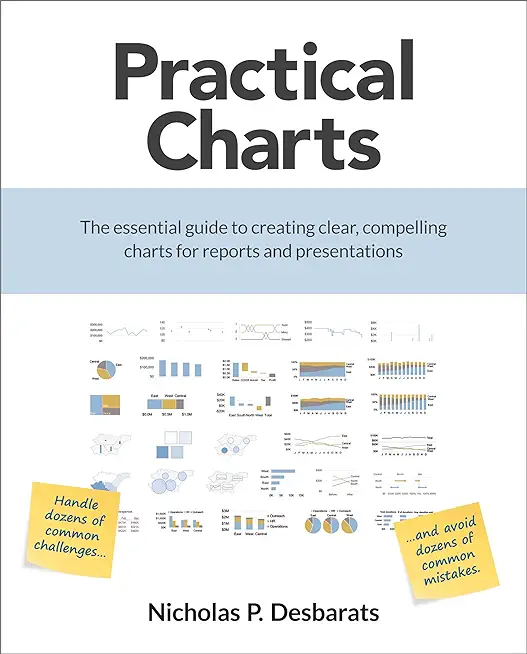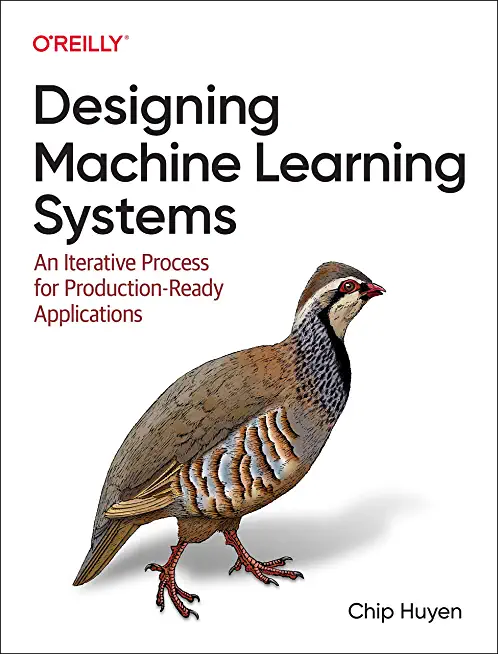DevOps for Managers & Leaders Training in Burnsville
Enroll in or hire us to teach our DevOps for Managers & Leaders class in Burnsville, Minnesota by calling us @303.377.6176. Like all HSG
classes, DevOps for Managers & Leaders may be offered either onsite or via instructor led virtual training. Consider looking at our public training schedule to see if it
is scheduled: Public Training Classes
Provided there are enough attendees, DevOps for Managers & Leaders may be taught at one of our local training facilities.
|
We offer private customized training for groups of 3 or more attendees.
|
||
Course Description |
||
| This two-day DevOps workshop is loaded with practical real-world
information. As part of DevOps management, you should be aware of how to
confidently design a DevOps roadmap for your organization, understand
the various key components, and communicate your DevOps progress. DevOps
Management also requires you to understand that automation is a key to
success and how to create a culture that supports technology-enabled
business. You will leave this course loaded with knowledge on the
available people, processes, culture, and tools for DevOps, ready to
select what's right for your company and to roadmap the journey for your
organization.
Course Length: 2 Days
Course Tuition: $1190 (US) |
||
Prerequisites |
|
| A desire to learn how to successfully implement DevOps in your organization. | |
Course Outline |
|
CHAPTER 1. Devops Journey
Why DevOps?
What is DevOps?
History behind DevOps
Cross functional teams
Key components of successful DevOps
DevOps vocabulary
DevOps goals
Driving business outcomes with DevOps
Summary
CHAPTER 2. Cultural Alignment & Workforce Strategy
Leading the charge to DevOps
Core values and mission
Communication
Collaboration
Value stream mapping
Behavioral patterns
Culture assessment
Summary
CHAPTER 3. Continuous Integration & Delivery.
What does continuous delivery mean?
What is continuous integration?
Project methodologies
Measuring your organization maturity
Tool selection
IT organization structure
Business continuity
Supportability and sustainability
Summary
Case Study 1: Global Financial Services
CHAPTER 4. CI Tools
Challenges solved by CI tools
Introduction to Jenkins
Introduction to Hudson
Introduction to Cruise
Introduction to SaltStack
Comparison
Summary
CHAPTER 5. Monitoring
What to monitor?
How to monitor?
Why to monitor?
Application Performance Monitoring
Infrastructure monitoring
Monitoring across the stack
Summary
CHAPTER 6. Measurement
What to measure?
How to measure?
Why to measure?
Choosing the right metrics
What are your key performance indicators?
Actionable insight
Software quality
Top 5 metrics
Summary
CHAPTER 7. Automation scripting
Why automate?
Goals for scripting
Error handling
Logging
Automating versioned builds
Automating continuous integration tests
Automated cleanup
Introduction to Shell scripting
Introduction to Python
Introduction to Ruby
Introduction to Perl
Summary
Case study 2. Enterprise Telecommunications
CHAPTER 8. Agile
History of Agile
Managing sprints
Maintaining the backlog
Working with story points
Distributed agile
Kaizen
Kanban
Summary
CHAPTER 9. Building Tools
Build tool history
Repeatability
Notification
Continuous build
Build tool basics
Summary
CHAPTER 10. Configuration Management
Why is configuration management key to DevOps success?
What is configuration management
Terminology
Automation tool comparison
Configuration management tools
Setting up the environment
Deployment
Cloud integration
CHAPTER 11. Continuous Code Quality
What is continuous code quality?
Continuous Testing
Seven Axes of Quality
Potential Bugs
Test-Driven Development
Behavior-Driven Development
What is Sonar Qube
SonarQube - Benefits
Summary
Case study 3. Federated Global Products
CHAPTER 12. DevOps DBA
DBA role in DevOps
Why are DBAs often left out of the conversation?
Database management with DevOps
Push button CI for database
Managing databases with configuration management
Database self-service
Database configuration as code
Pay to Play or Open Source
Data as an asset
Big Data
NOSQL
Summary
CHAPTER 13. Best Practices
Who are the folks using the various solutions?
DevOps implementation checklist
Gap assessment survey
Best practices
Patterns
Anti-patterns
Summary
CHAPTER 14. DevOps Action Plan
Appendix A. Cloud Computing & Virtualization
What defines a cloud?
Elasticity
History of cloud
Benefits of cloud
Public, Private, or Hybrid?
Governance in cloud
Cloud deployment
Introduction to AWS
Introduction to Azure
Introduction to SoftLayer
Why virtualization?
Virtual machines
Virtualization with Citrix
Summary
Appendix B. Servers
Introduction to application servers
WebSphere
Tomcat
Web servers
Tracing and logging
Servlet containers
Fixpack automation
Dependencies
Cluster considerations
High availability
Summary
|
Course Directory [training on all levels]
Technical Training Courses
Software engineer/architect, System Admin ... Welcome!
- .NET Classes
- Agile/Scrum Classes
- AI Classes
- Ajax Classes
- Android and iPhone Programming Classes
- Azure Classes
- Blaze Advisor Classes
- C Programming Classes
- C# Programming Classes
- C++ Programming Classes
- Cisco Classes
- Cloud Classes
- CompTIA Classes
- Crystal Reports Classes
- Data Classes
- Design Patterns Classes
- DevOps Classes
- Foundations of Web Design & Web Authoring Classes
- Git, Jira, Wicket, Gradle, Tableau Classes
- IBM Classes
- Java Programming Classes
- JBoss Administration Classes
- JUnit, TDD, CPTC, Web Penetration Classes
- Linux Unix Classes
- Machine Learning Classes
- Microsoft Classes
- Microsoft Development Classes
- Microsoft SQL Server Classes
- Microsoft Team Foundation Server Classes
- Microsoft Windows Server Classes
- Oracle, MySQL, Cassandra, Hadoop Database Classes
- Perl Programming Classes
- Python Programming Classes
- Ruby Programming Classes
- SAS Classes
- Security Classes
- SharePoint Classes
- SOA Classes
- Tcl, Awk, Bash, Shell Classes
- UML Classes
- VMWare Classes
- Web Development Classes
- Web Services Classes
- Weblogic Administration Classes
- XML Classes
Business Training Courses
Project Managers, Business Analysts, Paralegals ... Welcome!
Upcoming Classes
Gain insight and ideas from students with different perspectives and experiences.
- Introduction to Spring 6, Spring Boot 3, and Spring REST
15 December, 2025 - 19 December, 2025 - See our complete public course listing






